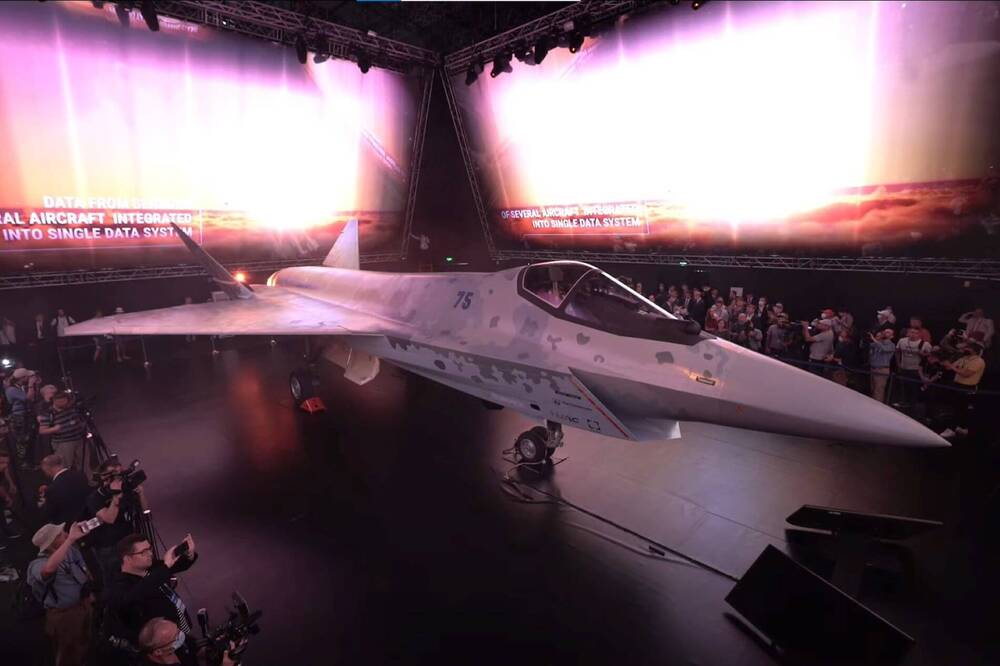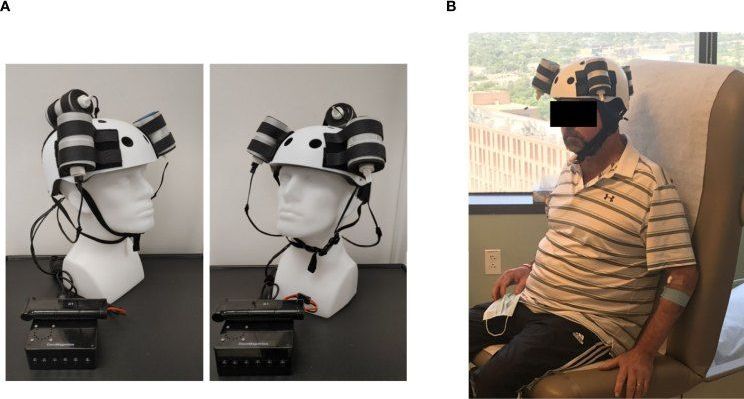Russia has unveiled the Sukhoi Checkmate, a new fifth-generation fighter jet intended to supplement the Su-57 and conquer the international market.
A mockup of the aircraft was presented in a grand ceremony on the opening day of the MAKS airshow in Moscow on July 20, 2021.
“We have been working on the project for just slightly longer than one year. Such a fast development cycle was possible only with the help of advanced computer technologies and virtual testing,” Yuri Slyusar, CEO of United Aircraft Corporation (UAC), said at the event.







